In the seminal Casablanca, there is a classic moment when the Humphrey Bogart character is asked how he ended up there. Bogie, doing laconic and world-weary as only he could, replies, “My health. I came to Casablanca for the waters.” When Claude Rains’s iconic Captain Renault purrs, “Waters? What waters? We’re in the desert!” Bogart’s response is simple. “I was misinformed.” This exchange occurred to me when I recently visited Bordeaux, a city with awe-inspiringly beautiful architecture, some of France’s most stylish places to shop and eat, situated teasingly close to the beaches of the Atlantic coast. Yet if you attempted to tell anyone that you’d come to Bordeaux for history, couture or coastline, you’d get the Bordeaux version of “What waters?”: “You’re here for the wine, aren’t you?”
My visit to Bordeaux this summer was the second time I’d visited. The first, a dozen years ago, was as viticulturally fixated as you’d hope and expect. I was only there for a weekend but I have happy, if blurred, memories of sipping the best wines imaginable, offered at what seemed like impossibly low prices. Visitors from America and Europe, used to paying through the nose for grands crus, will be pleasantly surprised to find that it’s easy to head to anywhere from local restaurants to the city’s plethora of wine bars and sample fine vintages for next to nothing.
Happily, some things have not changed. Excellent value when it comes to wine remains one of the watchwords of life in Bordeaux. This reaches its apotheosis when you head to the accurately named Bar à Vin in the city center, on the ground floor of the headquarters of the Bordeaux Wine Council, which sells impossibly good wine at even better prices. Fancy two glasses of Crémant that’ll rival the best Champagne? That’ll be €6 apiece. Or some of the most easily drinkable rosé you’ll find anywhere in the city? €3 a glass for you, Monsieur. I limit myself to three or four glasses in a sitting, not so much out of a desire not to over-indulge, but because I want to be able to remember the glories of what I’ve tasted; visitors here — who have usually lined up for a while, given the bar’s reputation — are sipping, not quaffing, vintages with every appearance of great enjoyment.
The city thrives on its wines and the reputation they have brought it. A few years ago, the multimillion-dollar museum-cum-wine experience La Cité du Vin opened, a short tram ride from the center. I visited with my wife and eight-year-old daughter Rose and I was worried that the activities on offer, which included a multisensory wine tasting, would be somewhat, shall we say, “advanced” for even a budding oenophile like Rose, but in fact the venue is a cleverly thought-out mixture of the interactive and the informative. On the one hand, there are a wide variety of tutored tastings, genuinely impressive immersive audiovisual experiences that allow you to imagine what it’s like to be inside a bottle of Champagne, for instance, and a series of olfactory challenges that let you savor (or otherwise) different aromas associated with wine. And on the other, there’s the chance to stomp (virtual) grapes with gleeful abandon. Truly, fun for all the family.
If you’re looking to soak up the wine with some of Bordeaux’s gastronomic highlights, you won’t be disappointed. The city’s restaurants might not have the reputation of Paris — which it resembles in many regards architecturally and culturally — but several of the places we visited were knockouts, serving fantastic food at more than reasonable prices. The relatively new Bacchus, situated on the picturesque “restaurant street” Rue des Faussets, has swiftly established itself as one of the best spots in town, serving a finely constructed and carefully paced menu that will enthrall and delight in equal measure. When we visit, the dishes included delicacies such as veal sweetbreads cooked in cream of cockles, followed by some of the best cochon I can remember having anywhere, and finish with an exemplary chocolate mousse. Obviously, we order a bottle of red Bordeaux to accompany dinner; less obviously, the charming owner-cum-maître d’ suggests one that appears slightly chilled, which is a ballsy and fitting accompaniment to a divine dinner eaten on a baking hot night.
If you’re in the mood for something slightly less boundary-pushing but nonetheless delicious, then Les Récoltants, a casual but ineffably stylish mixture of café, grocery store and restaurant, will come up with the goods. A superb-value fixed menu (at lunchtime, a stunningly cheap €23 for three courses) will produce everything from eggs mayonnaise and tuna to begin with to one of the most interesting moussakas I can remember having anywhere, all aided by friendly (and blessedly bilingual) service and top-notch cocktails. We switched from red to white wine for this one, and we weren’t disappointed, either; the organic variety we opted for, the so-called “Hirsute,” did not live up to its name (a relief) but instead had a deliciously smooth complexity that belied its pleasingly low price.
There are many delights other than eating and drinking to be enjoyed on a visit to Bordeaux. The city’s very strong when it comes to art — the world’s largest digital art center, the Bassins des Lumières, offers awe-inspiring spectacle in a former submarine pen, and the Beaux Arts museum is a more traditional assortment of masterpieces that include paintings by everyone from Rubens to Matisse. And if you’re in a more whimsical mood, the Museum of Illusions is gimmicky and pricey but fun for families; my daughter was particularly taken by a whirling kaleidoscopic effect that induces all the effects of being severely drunk, perhaps after one too many glasses at the Bar à Vin. I grimly played Bernard Herrmann’s score to Vertigo in my head and doggedly powered through, attempting to ignore the fact that I was several times the age of most of the children who were enjoying all the sensations of intoxication without any of the ill-effects the following day.
Obviously, if you’re going to “do” Bordeaux properly, you’re going to need the right place to stay. There is a cornucopia of options, but my advice would be to rent one of the many eighteenth-century mansions that can be had in the summer for a comparative song (the one we stayed in had a swimming pool and more mosquitoes than I knew what to do with) for the bulk of your holiday, and then splash out on a couple of nights in what is indisputably the city’s most famous and grandest hotel, Le Grand Hôtel (or, to give it its full name, the Intercontinental Grand Bordeaux). Situated in the finest square there, on the Place de la Comédie, opposite the suitably iconic Grand Theatre, there is a comforting sense of style and substance in its grandiose setting. The building might date from 1776, but the interiors, designed by Jacques Garcia, are a clever and amusing mixture of the old and the new. Bedrooms may be splendidly comfortable and feature all the usual mod cons of marble bathrooms and views over the Grand Theatre and the like, but they’re also wittily modern in their accoutrements and little touches, too.
This is best seen on the top floor spa, where the swimming pool has all the atmosphere of a decadent Roman bath, with black tiling and red and gold columns that make you feel as if you’re an emperor in his finery. Or lack thereof. This sense of indulgence continues into the hotel’s restaurants, too. There’s a two-Michelin-starred Gordon Ramsay fine dining establishment, Le Pressoir d’Argent, which is highly lauded but was closed when we visited (quel dommage!) but if you’re after accessible family-friendly fare, you’re better off at the hotel’s unpretentious ground-floor brasserie Le Bordeaux, which serves up very decent comfort food at far from bank-breaking prices. The real appeal here, though, is the wine list, which has some superb vintages in it (a shout-out to the excellent sommelier, who recommended a fine Pessac-Léognan) and if you’re in the market for a digestif, a dual tip: try the Calvados, and try it slightly warmed, so you’ll get the full force of the vapors. You can thank me later.
Bordeaux en famille is a very different experience to seeing the city solo, or as a couple. (If I were left to the wine bars by myself, I dread to think what would happen; I’d probably go native and some very bad poetry would end up getting written.) It remains one of the most charming places to go throughout all of France, indeed in Europe, and is rich in history, culture and class of all kinds. But let’s be honest, you’re going there for the wine, and, unlike Humphrey Bogart, I can guarantee that you will not be misinformed as to its considerable virtues. Santé!
This article was originally published in The Spectator’s November 2024 World edition.



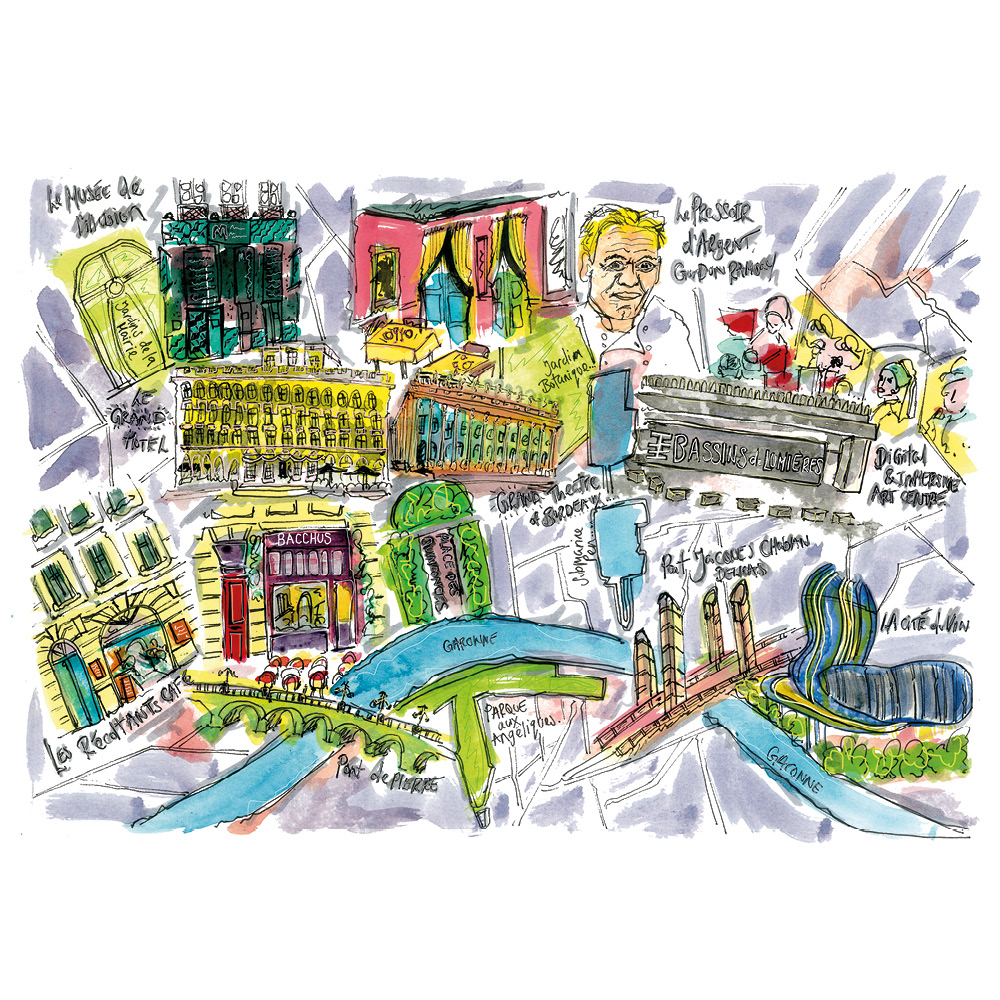






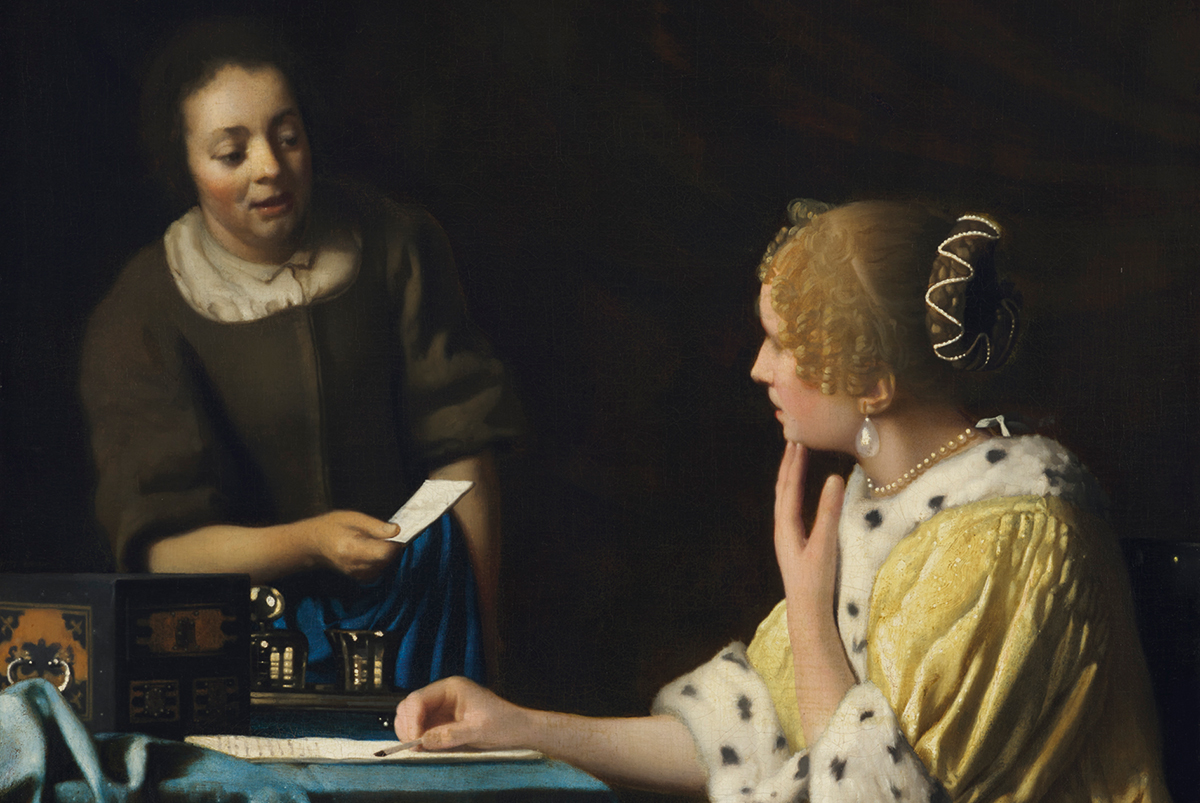
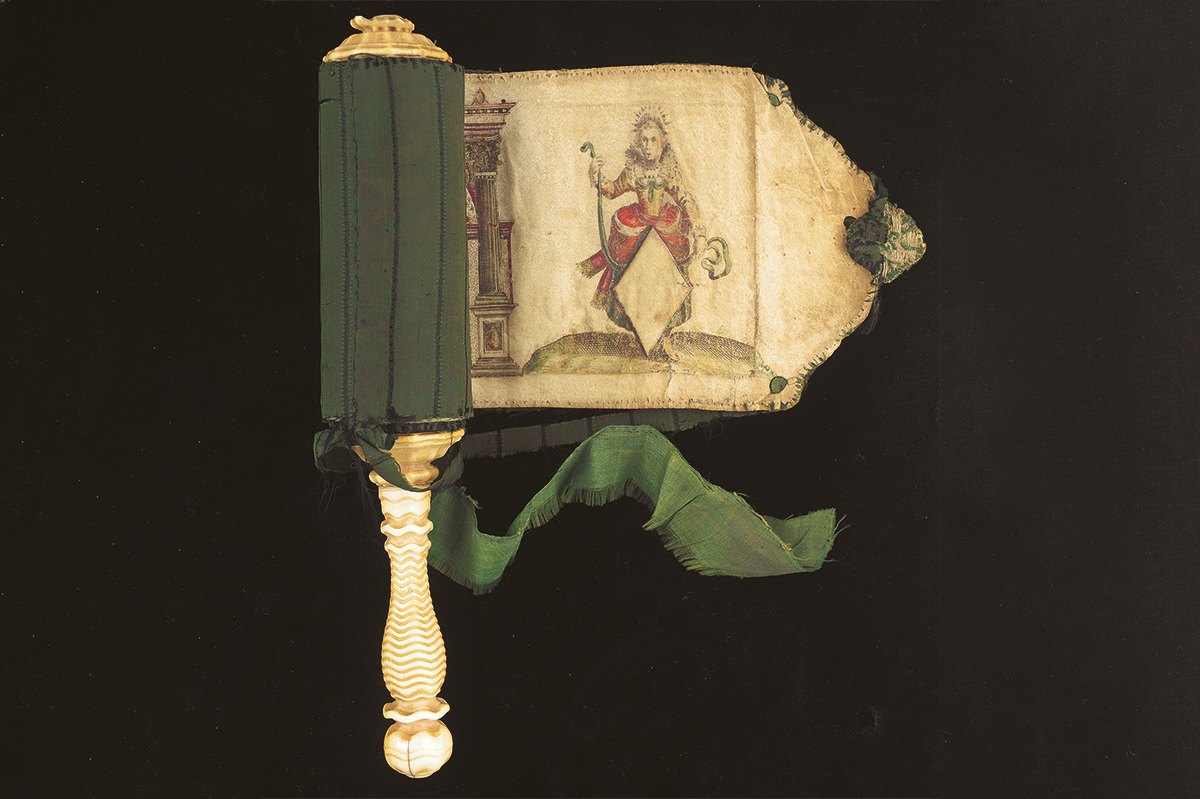
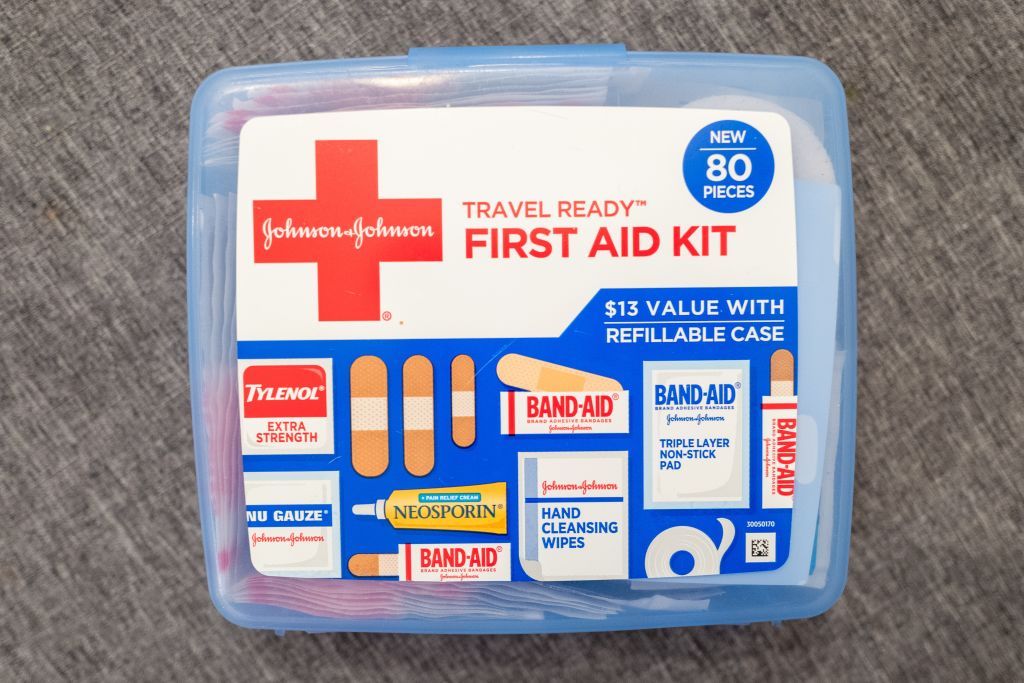
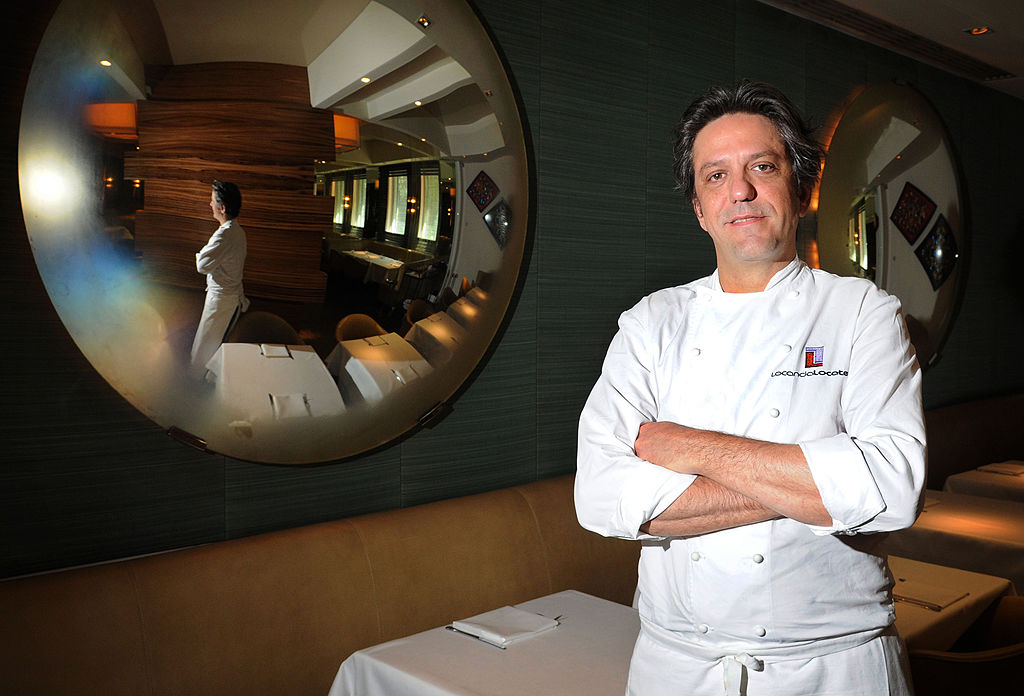
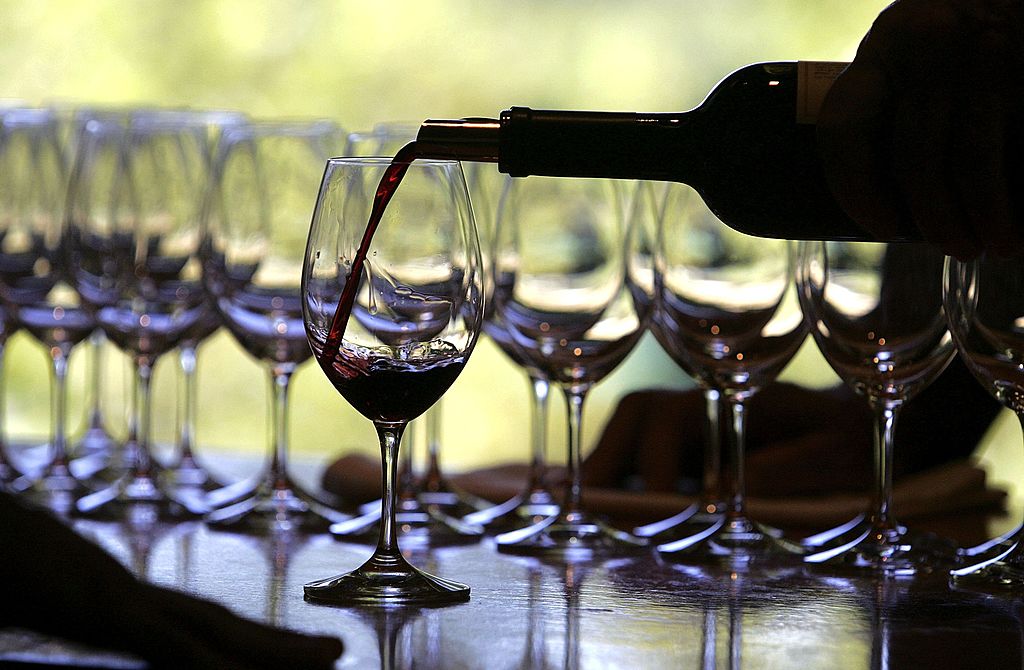
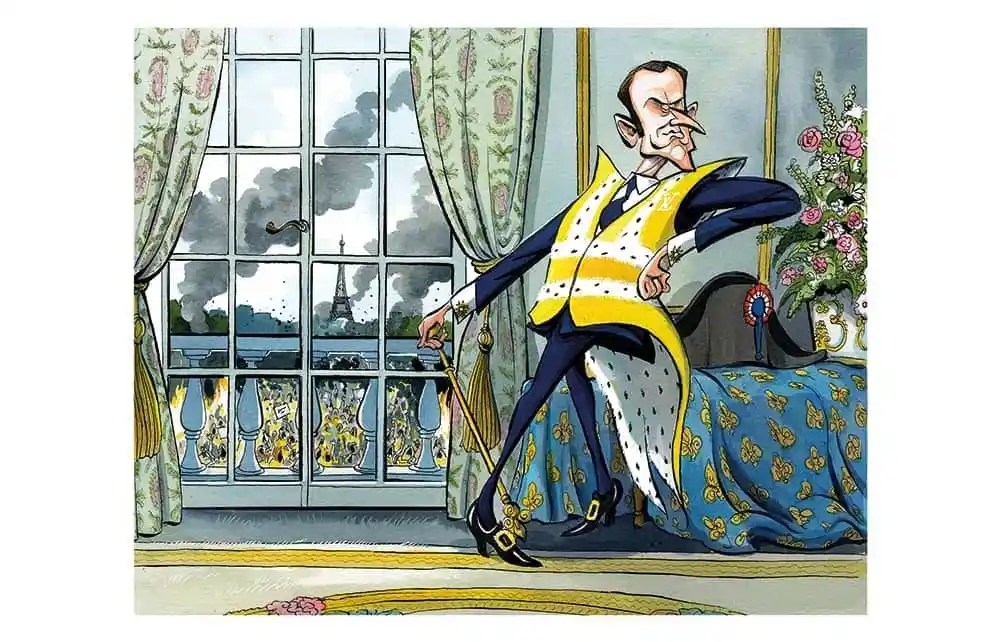







Leave a Reply